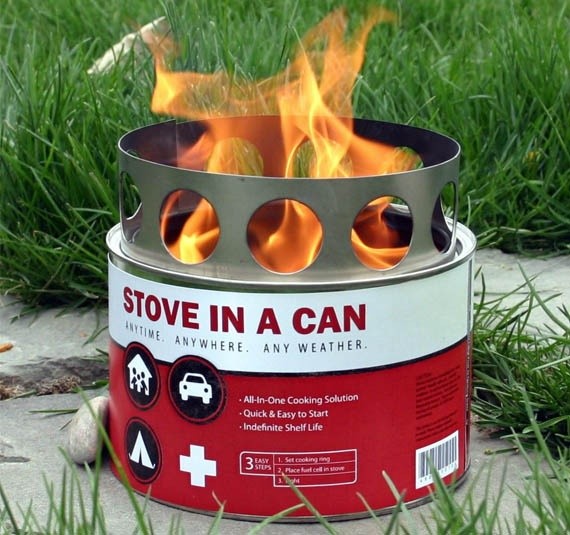When ever you are going to use a piece of equipment that emits a flame ~ yes even this camp cooker~ be aware of the dangers.
These include people being able to
Follow through on XeeMe.com/cve4me... you'll find details here.
These include people being able to
- have free access to the equipment
- the danger of being able to come too close to that equipment - even when it is in the cooling down phase.
- Something nearby catching fire.... yes the grass is too near.
- Danger to live forms of life underneath. The user here has placed the camp stove on concrete. Good thinking. The heat will not go through into the ground thus the microbes good to the earth will be safe.
- Heat retention will occur.
- Touch with the back of your hand to test for heat retention. When it is cool to touch then you may be able to safely remove and move the stove.
- So if you intend to pack this stove away soon after the use make sure it is cool to touch - with the back of your hand.
- In case of uncontrolled fire how are you going to put the flames out? Sort this out before you ignite the flame!
Follow through on XeeMe.com/cve4me... you'll find details here.




